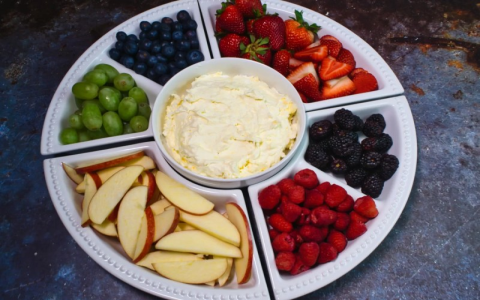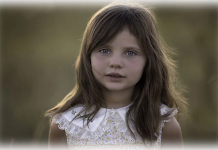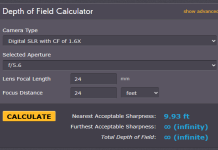So, I’ve been messing around with some food photography lately, and the other day, this idea popped into my head: levitating mini pumpkins. Sounds cool, right? Especially with Halloween and fall vibes all around. I figured, why not give it a shot? Let me tell you, it wasn’t as straightforward as just pointing and shooting.

Getting Started – The Messy Part
First off, I had to actually get some mini pumpkins. Found a bunch at the local store, pretty cheap. Got a few different shapes and sizes. Then came the “how the heck am I gonna make these things float?” part. My first thought was thread. Super thin, almost invisible fishing line.
- Tried tying it around the stems. Fiddly. So, so fiddly.
- Pumpkins kept spinning or tilting weirdly. Not the serene floaty look I was after.
- The threads, even the thin ones, caught the light sometimes. Ugh.
That was a bit of a disaster, honestly. Spent a good hour getting frustrated. My cat thought it was great fun batting at the dangling pumpkins, which didn’t help my mood much. I almost gave up and just made pumpkin soup.
The Breakthrough (Sort Of)
Then I remembered I had some really thin, stiff wires, almost like long needles. I thought, what if I could stick these into the bottom of the pumpkins and then clamp the other end somehow, out of shot? Or at least make them easy to edit out later. This seemed more promising.
I set up a simple backdrop – just a dark piece of fabric I had lying around. Wanted that moody, slightly spooky feel. For lighting, I just used natural light from a window, diffused a bit with a thin curtain. Nothing fancy. Didn’t want to overcomplicate things, you know? The pumpkins were already enough of a headache.
So, I carefully pushed the thin wires into the base of each pumpkin. This gave me much better control over the height and angle. Big improvement! I arranged a few of them at different levels. Some higher, some lower. I had to make sure the wires were positioned so they’d be relatively easy to clone out in Photoshop later. That’s always the trick, isn’t it? Thinking ahead for the editing part.
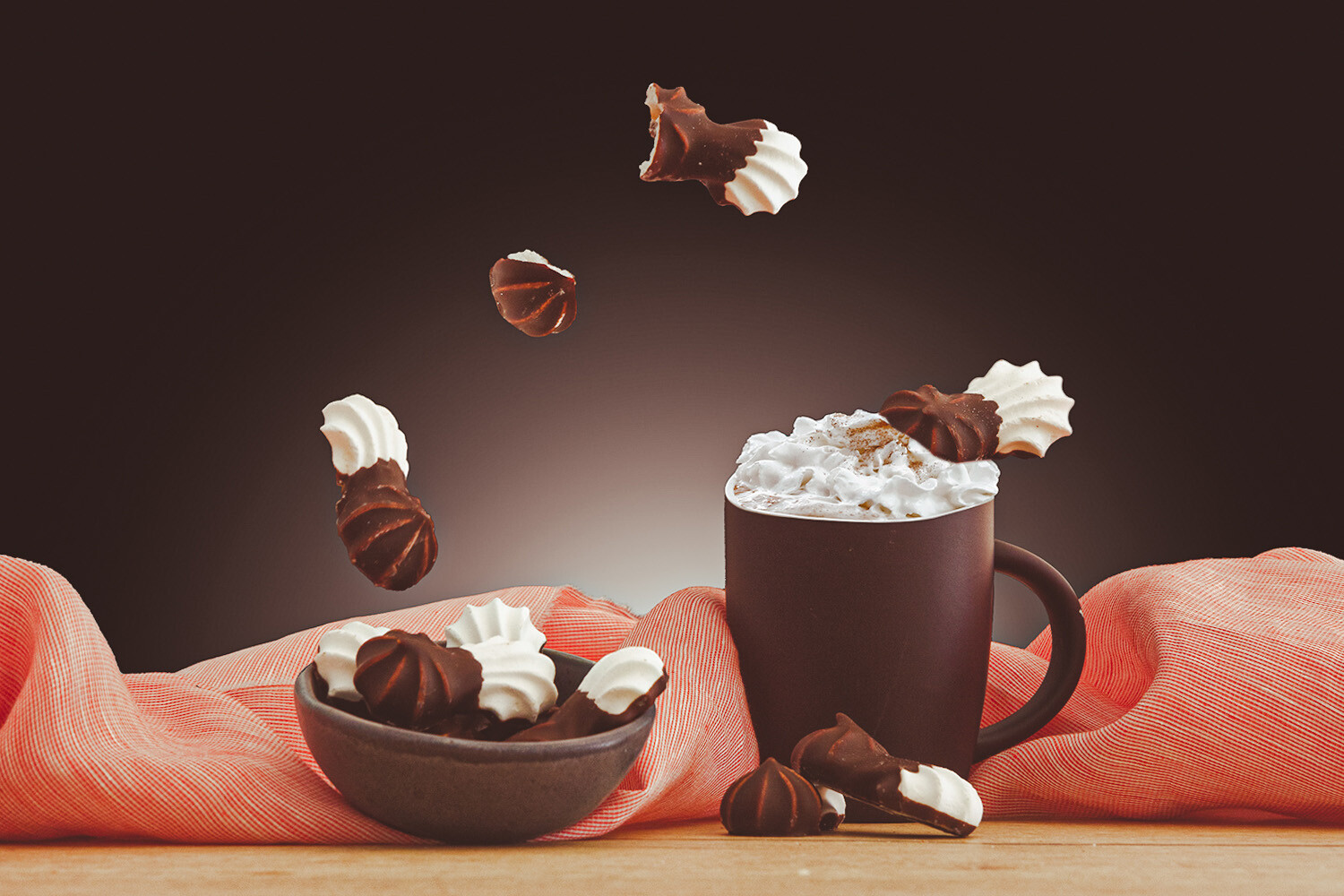
Shooting the Dang Things
Once they were all “floating,” I started taking pictures. I used my trusty old DSLR, but honestly, a good phone camera could probably do the job too if you’ve got steady hands and good light. I took a ton of shots. Different angles. Some close-ups, some wider to show the whole group.
Focus was key. Had to make sure those little pumpkins were sharp. It’s easy to mess that up when you’re dealing with small objects and you’re trying to get that floaty, dreamy look. I played around with the aperture a bit to get a nice blurry background. Makes the pumpkins pop more, you see.
The whole setup was pretty delicate. A slight breeze from the window, or me bumping the table, and the pumpkins would wobble. So, lots of patience needed. Patience, patience, patience. I can’t stress that enough with this kind of stuff.
The Aftermath and What I Learned
After the shoot, I pulled the images onto my computer. The editing part was mostly cloning out the wires. It took some time, not gonna lie. Pixel by pixel in some spots. But it was definitely easier than trying to hide thicker supports or fighting with those pesky threads.
The final results? Pretty decent, I think! They looked like they were actually floating, which was the whole point. Was it a lot of effort for a few photos of mini pumpkins? Yeah, probably. But it was a fun experiment, and I learned a few things.
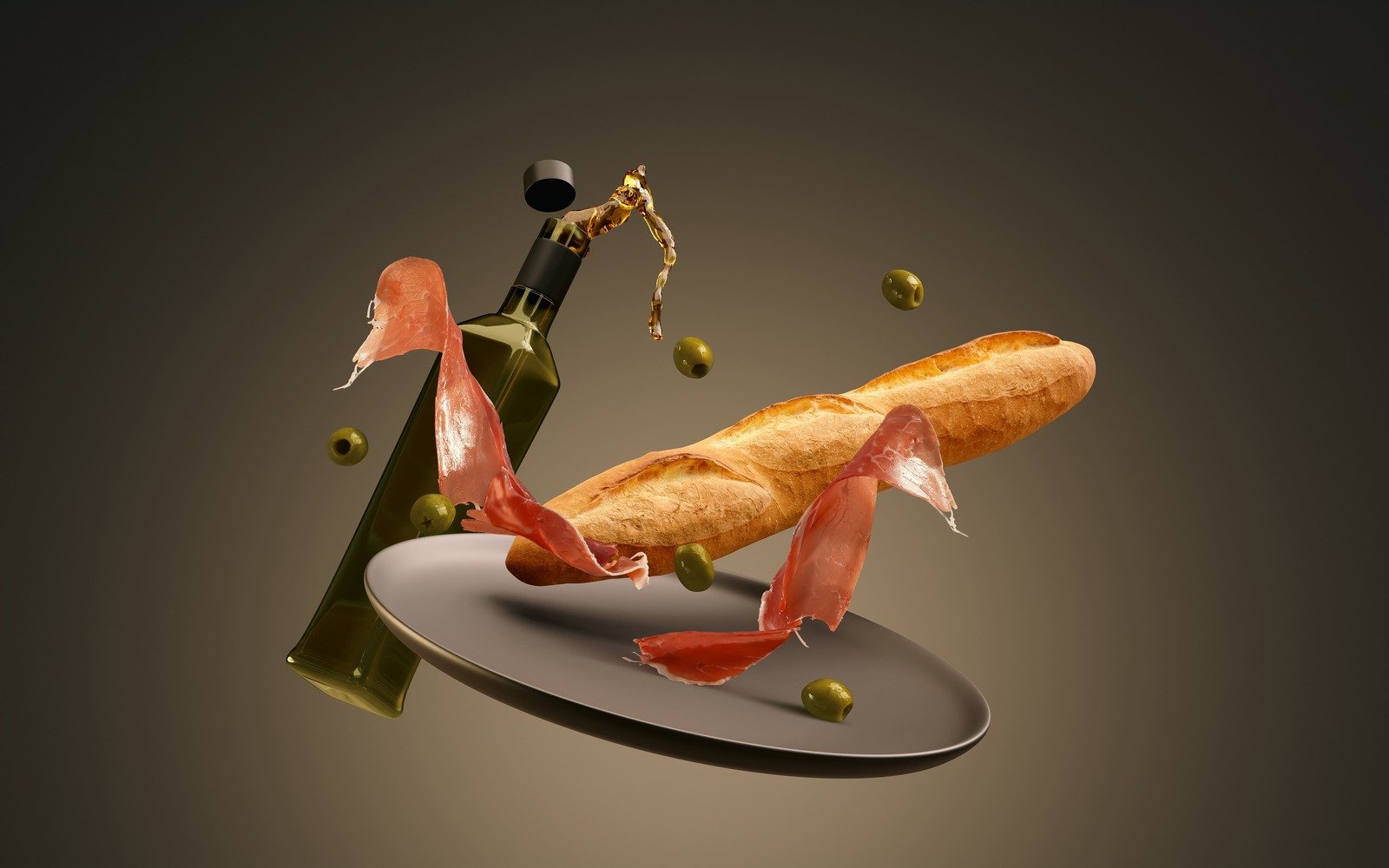
Next time, I might try to find even thinner wires, or maybe experiment with some clever stands hidden directly behind the pumpkins. Who knows? The main thing is, I tried something new, figured out a way to make it work (eventually), and got some cool shots. And isn’t that what playing around with photography is all about?

